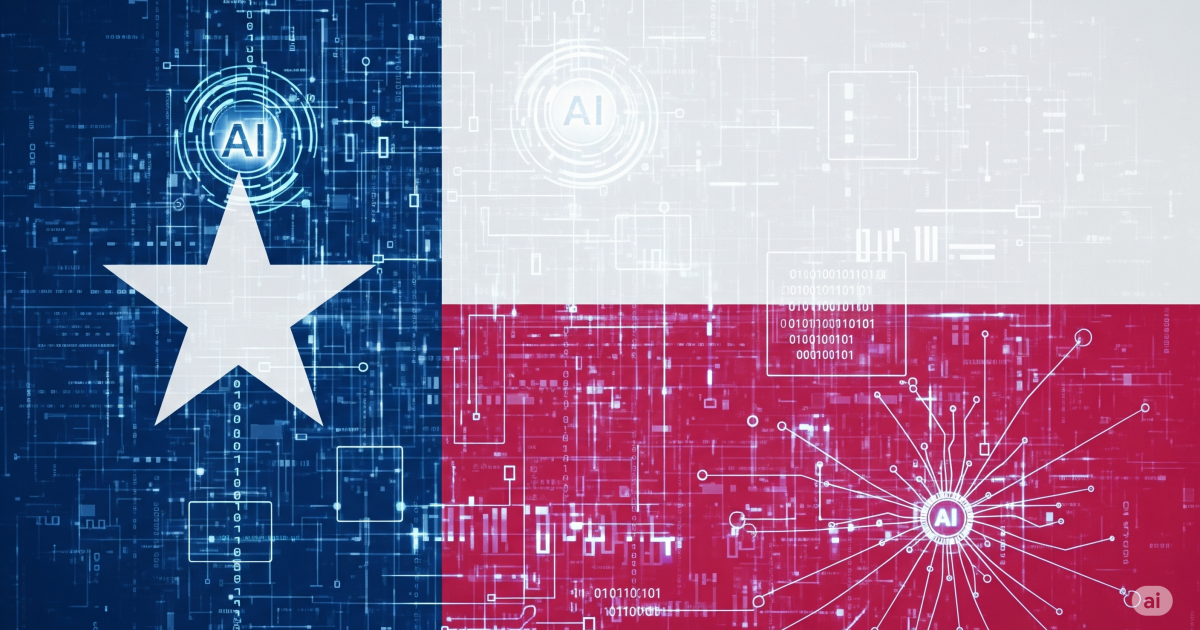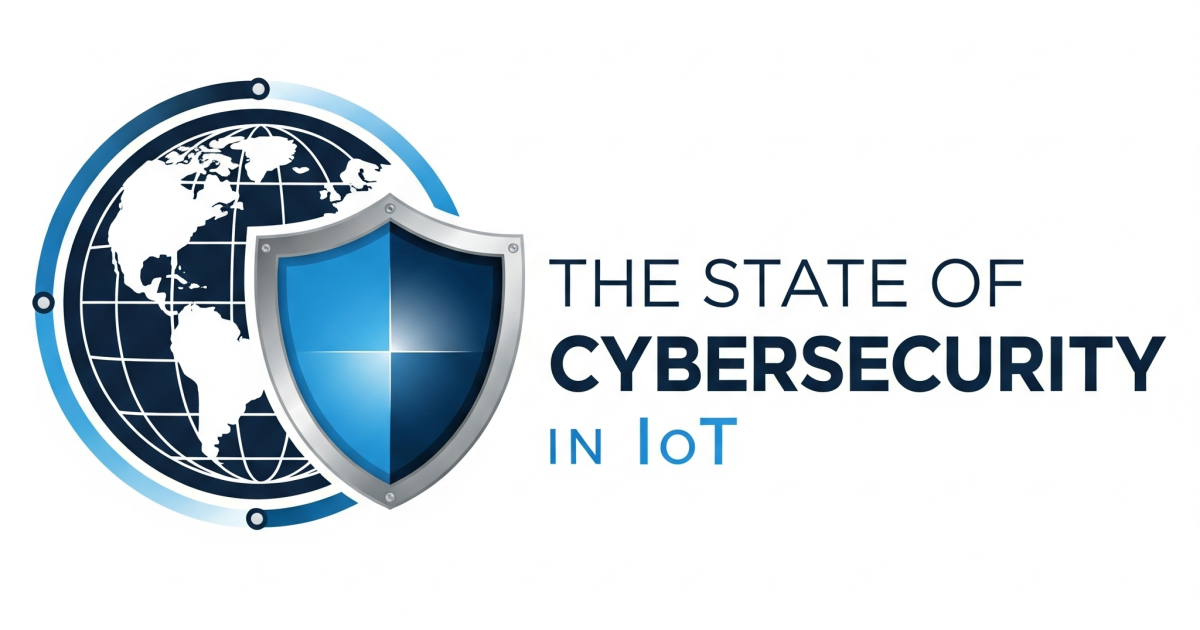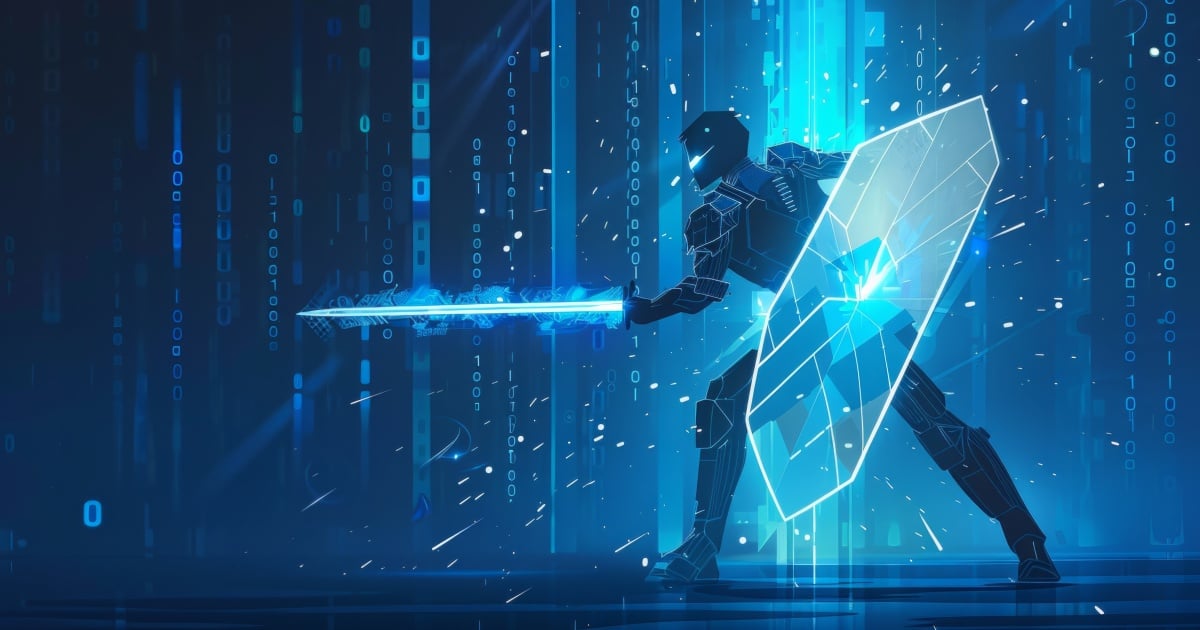The connected car is one of the key driving forces of the Internet of Things. Reflecting this important sector of the industry, Spireon CEO Marc Brungger was among the keynoters this week at IoT Evolution Expo .
Spireon connects companies to their mobile assets and workforce through information platforms. The company is the largest U.S. non-OEM telematics provider, with 2.4 million subscribers, and is two-and-a-half times the size of its nearest competitor, said Brungger. He added that the company has direct relationships with service providers AT&T, Verizon, T-Mobile and Sprint.
The company continues to rev up its business and subscriber numbers. And the opportunities to do that are great, Brungger said. Already, more than half of cars coming off the assembly line are fully connected, and by 2025, 104 million cars are expected to have some form of connectivity. And the number of OBD aftermarket telematics subscribers is on track to exceed 117 million globally by 2019.
Moving forward, Spireon aims to focus more on consumer applications; mobile assets; and user-based insurance for consumer apps, for which it will announce a new solution in short order.
Image via Shutterstock As noted in the first quarter issue of IoT Evolution magazine, the company also leads the buy-here-pay-here space with well over a million connections.
BHPH is a solution for people who are in need of a car, but have difficulty getting approved for conventional financing, as analyst James Brehm explained in the piece. BHPH allows an individual to pay a small amount as a down payment, drive away with the car, and return to the dealership each week to make payments. Basically, the dealer acts as the bank and assumes risk. To assume risk, these dealerships have turned to technology partners that offer solutions that connect, track and control the vehicle remotely. These solutions help the dealer to assess risk; provide payment reminders (such as in-vehicle buzzers or announcements that a payment is due); and view critical vehicle data, such as location, state, and loan payment status on a single screen. What’s more, if a buyer defaults, dealers can easily pinpoint the vehicle’s location, disable the ignition, and secure the vehicle.
Edited by
Dominick Sorrentino





